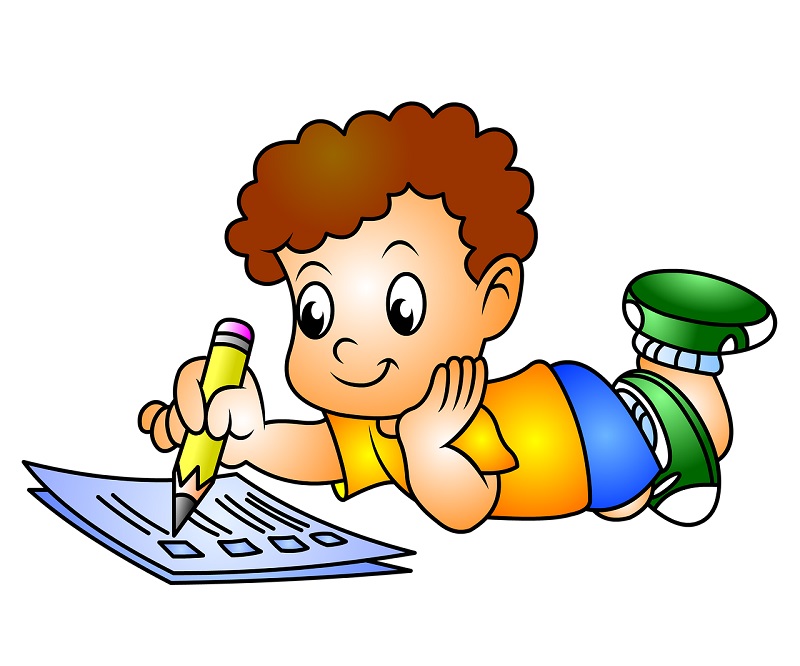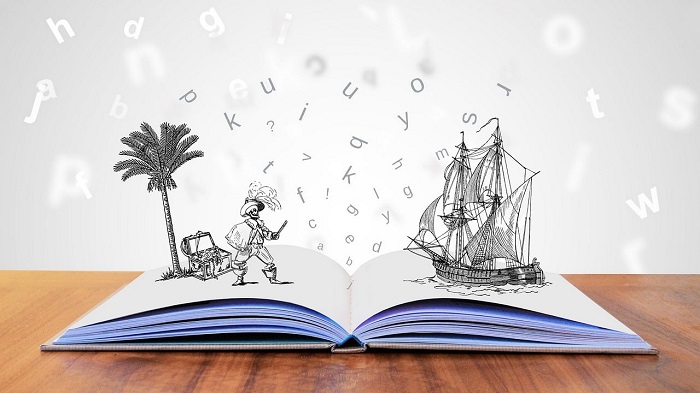As a parent, mentor, friend, or authority figure for a kid with dyslexia, you have a very important role to play in helping them to read. Helping dyslexic children to read can be a daunting task but with patience, specialized strategies, and a supportive environment, it becomes easier.
Dyslexia is a neurological condition that affects reading and language processing in kids and adults, children with dyslexia find it difficult to read and write despite having average or above-average intelligence so it has nothing to do with their IQ score.
A lack of knowledge about this condition makes people think that dyslexic children are not able to learn due to their lack of focus or because they see them as less bright than the other kids, in truth they may be far smarter than the other kids of their age. Their inability to learn is not related to intelligence, effort, or vision problems but rather how the brain processes language. That’s why it’s important to understand dyslexia in children to provide them with the appropriate support.
Dyslexic individuals often struggle with decoding words, making reading a laborious and slow process. Spelling can be challenging, leading to phonetic errors, so mixing up letters or sounds is common. Also, their fine motor skills, like handwriting, can be affected due to their difficulty in being able to process language in textual form.
Unfortunately, dyslexia is a lifelong condition, but with appropriate strategies, individuals can succeed academically and personally, in fact, with the right approach one can make it an insignificant part of their existence. But early identification is essential for dealing with dyslexia effectively and if a child is provided with the necessary assistance at an early age, they can deal with the problems associated with this condition without much trouble.
You can play a very important role in helping dyslexic children overcome their challenges by understanding that the traditional approach is not effective for them and that you need a different strategy to teach them how to read. That’s why in the following points we will provide you with the necessary information regarding this.
#1 Structured Literacy Approach
A structured literacy program is an evidence-based, systematic approach to teaching reading and writing. It is highly organized and focuses on breaking down language into its fundamental components. This includes phonemic awareness (understanding the sounds in spoken language), phonics (the relationship between sounds and written letters), vocabulary, fluency, and comprehension. Structured literacy instruction is often multisensory, meaning it engages multiple senses like sight, sound, and touch to reinforce learning.
Structured literacy programs are particularly helpful for dyslexic children because they address the specific challenges they face. It offers a research-based, systematic, and supportive approach to reading and writing instructions and it has proven to significantly improve reading skills and help dyslexic children.
#2 Phonics and Phonemic Awareness
Teaching dyslexic children to read with phonics and phonemic awareness is crucial and requires patience.
Use a structured, multisensory approach that engages sight, sound, touch, and movement. Start with simple phonics rules and gradually introduce more complex ones. Focus on sound-letter relationships, emphasizing blending and segmenting. Provide decodable texts that match their skill level. Reinforce learning with visual aids, games, and decodable books. Offer positive reinforcement and maintain flexibility.
Professional assessments and collaboration with specialists can guide your approach. Progress may be gradual, but with tailored strategies and a nurturing environment, dyslexic kids can improve their reading and phonics skills.
#3 Decoding Skills
Dyslexic kids struggle the most with decoding language texts, by using a strategic approach to help them with their decoding skills you can help them to become proficient readers in the future.
You can start by introducing them to systematic phonics and teaching letter-sound relationships with the help of visual aids, touch, and sound. Break words into syllables to make them more manageable, and encourage chunking to decode longer words.
Introduce decodable texts with words that align with their phonics knowledge, gradually increasing the complexity as their skills improve. Emphasize visual cues, like recognizing sight words and word families. Review and practice regularly, adjusting the pace to match their progress, and offer positive reinforcement to boost their confidence. Patience and unwavering support are key, as dyslexic children can attain decoding proficiency through consistent, tailored instruction.
Work on comprehension skills alongside decoding. Ask questions about the text, encourage discussion, and help the child make connections to what they are reading.
# 4 Practice and Repetition
Dyslexic children often struggle with spelling and trying to practice spelling in the traditional way may not work for them but you can use a multisensory approach to help them practice their spelling, make sure to focus on common spelling patterns while doing this.
Also, encourage them to repeat reading of the same texts to build fluency and confidence. Dyslexic children may benefit from shorter reading sessions with more frequency and they often require more repetition and practice than their peers. Regularly review previously learned material to reinforce their skills.
# 5 Guidance and Support
Apart from the above points your involvement as a mentor/guide is of utmost importance in this process, you need to provide them with the emotional support and motivation to achieve their goals.
Reading to dyslexic children helps them develop their listening comprehension skills, which are often stronger than their reading skills. Encourage them to listen to audiobooks as well.
Be clear and explicit in your teaching. Break down each reading skill into small, manageable steps. Provide clear explanations and ample practice opportunities.
Consider using dyslexia-friendly software and apps that can provide additional support. Text-to-speech and speech-to-text tools can be particularly helpful.
Dyslexic children may become frustrated with reading. Promote a growth mindset by emphasizing effort and perseverance. Celebrate their progress, no matter how small. Continuously assess and monitor the child’s progress. Adjust your teaching strategies as needed based on their performance and feedback.
Using a strategy and systematic approach like this can definitely help you to teach children with dyslexia. Patience is the key, and with consistent efforts, you will surely be able to see positive results. However, if possible, work with special education teachers, reading specialists, or speech therapists who have experience working with dyslexic children. They can provide valuable insights and support.
Thank you so much for visiting our site, we hope you found this content useful. We would love to hear your views, suggestions, and opinions about this post, so kindly share your thoughts with us by commenting below.
For any queries, drop us a message using our contact page.